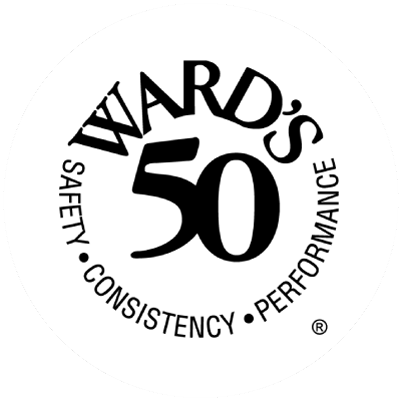
Contractors’ season is right around the corner, and now is the time to make sure you and your business are safe and protected. Follow these easy steps to stay safe and know you have peace of mind for a better business.
Avoid Legal Hazards
- Require written contracts for all work you perform. Retain copies of contracts for at least three years.
- Have contracts and warranties reviewed by your attorney. Do not accept/assume responsibilities you are not familiar with. If you hire subcontractors:
- Have written contracts with subcontractors, with requirements for them to hold you harmless, indemnify, and defend you against any claim or liability arising from the performance of the contract.
- Include additional insured status and waiver of subrogation in your favor.
- Require each subcontractor to submit certificates of insurance for liability and workers’ compensation coverage, prior to beginning a job. Certificates should show limits of liability (if applicable) at least equal to the limits of your policies, indicate a policy period covering the period(s) of time work will be conducted, and be kept on file for premium auditors.
If you are working as a subcontractor, specifically limit contractual agreements for you to hold the owner or general contractor harmless, indemnify, and defend them against any claim or liability arising from the performance of the contract, to the work you perform.
Have licensed professional engineers or architects design and/or approve project plans and specifications.
Prevent Losses on the Job Site
Use employment applications and check references of prospective employees. (Applications available at most office supply stores.)
Provide written safety rules and enforce them! Safety rules should be based on OSHA, or other government agency safety requirements and accepted industry practices. Areas of particular concern are:
- Fall Protection (Work at heights)
- Lock-Out / Tag-Out of Energy Sources
- Confined Space Entry Program
- Hazard Communication Program
- Personal Protective Equipment
Employees should have similar job experience, or be provided training in any job they may be assigned.
Assign responsibility for safety to a supervisor or foreman.
Hold regular safety meetings.
Conduct periodic safety inspections.
Review the safety practices of all subcontractors you have hired. Be sure they meet the same standards you have established.
Have a first aid kit available.
Post emergency phone numbers and have a phone available to summon help in the event of an emergency.
Have fully charged, easily accessible, portable fire extinguishers.
Provide protective equipment such as safety glasses, hearing protection and hard hats. Enforce their proper use!
Secure the job site! Fence the site to prevent vandalism and public access to hazardous areas. Control access to customers and their vendors. Provide lighting when possible.
Barricade work areas and provide warning signs near excavations and other hazards.
Secure equipment and materials left on the job site. Lock tools in boxes and secure large equipment with chains. Limit tools and materials left on the site as much as practical.
Store/handle hazardous materials properly. Protect containers from damage and secure tanks in an upright position. Use safety cans for gasoline and other flammable liquids.
Practice good housekeeping! Remove scrap and debris daily. Limit the accumulation of sawdust.
Follow precautions for welding and other hot work. Shield or wet combustible surfaces. End such operations at least 30 minutes before leaving the site unoccupied.
Temporary heating units should be UL/AGA approved. Follow manufacturer’s suggested precautions and provide adequate clearance from combustible material.
Have procedures for reporting and investigating incidents and accidents. Lessons learned even from “near misses” may help to identify ways to avoid future accidents.
Require proper use of ladders and scaffolds.
Limit the exposure of adjacent properties to damage and comply with all building and environmental codes.


